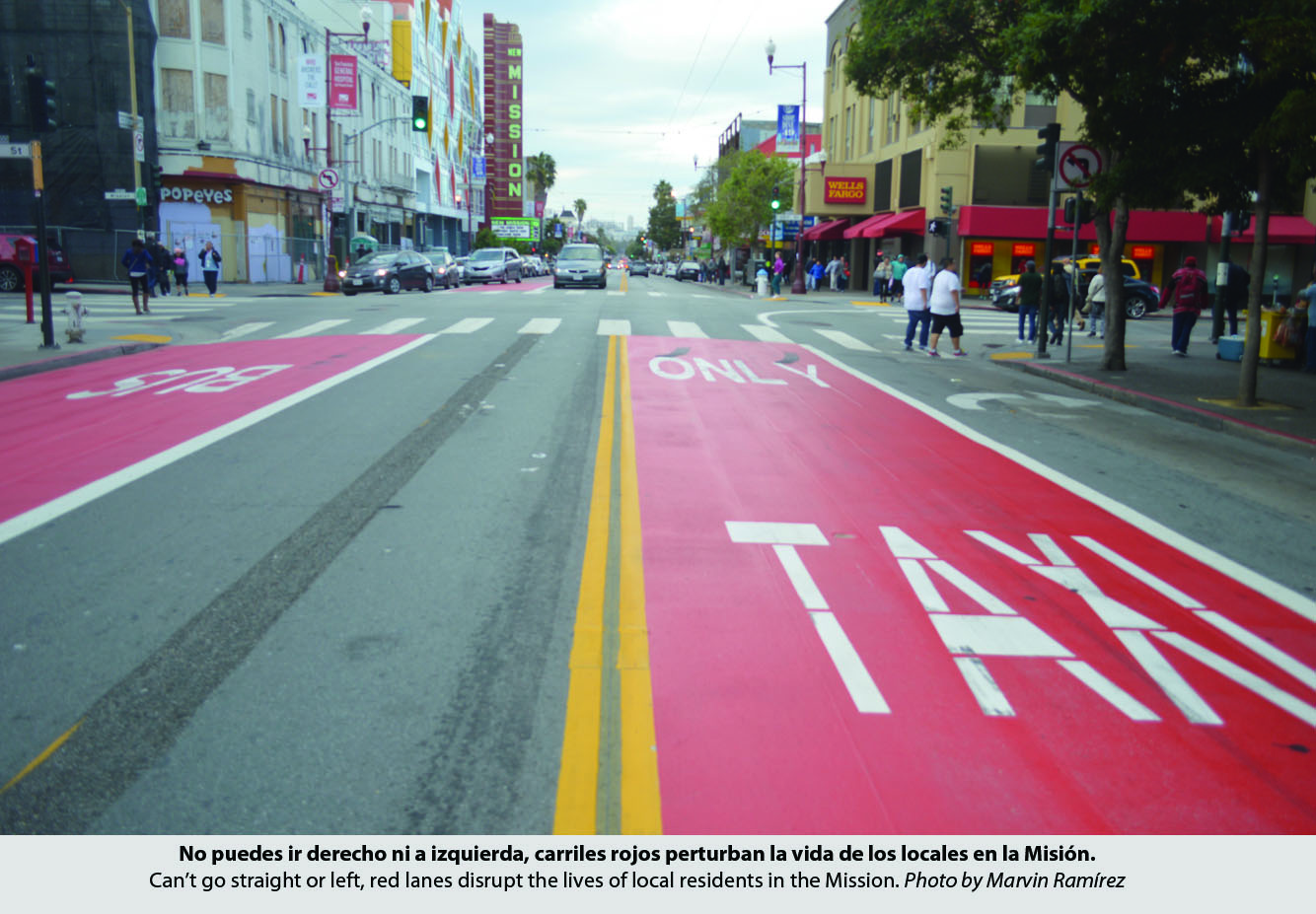by Ben Fuchs
One of the key weapons in the so-called “War on Terrorism” is what the George W. Bush administration officials called Enhanced Interrogation Techniques. Featuring nebulous or mildly discomforting names like “waterboarding”, “the attention grab” and “long time standing”, that inspire confusing or perhaps mildly uncomfortable images, EITs are either lauded as wonderful tools for saving American lives or illegal government-sanctioned torture.
One of the most dramatic apparently is too severe to make the list of officially approved EITs. While no one officially owns up to it, according to at least one released prisoner, a British national, “one guard had told him that he was following orders by making as much noise as possible while detainees …tried to sleep.”
So what’s wrong with a little sleep deprivation? Can’t be that big a deal right? Wrong! Sleep deprivation is a big deal, a very big deal. Aside from the obvious grumpiness and irritability associated with a lack of shut eye, sleep deprivation can have serious consequences for overall health and wellness.
According to Professor Derk-Jam Dijk of the Surrey Sleep Research Center in the U.K., not getting enough sleep can lead to various health challenges including depression, diabetes, obesity and heart disease.
Even mild sleep deprivation, such as is caused by sleeplessness or insomnia can cause problems. In a University of Surrey (UK) study, researchers found that simply getting less than 6 hours of sleep (which, according to WebMD, is the case for 1 out of 5 Americans) can cause substantial changes in genetic activities that support immunity, metabolism and healthy responses to stress.
The human body is deigned to grow, repair, renew and thrive under conditions of rest. During periods of rest and generous time spent in sleep, growth hormone secretion increases, anabolic biochemicals arise and the body’s defense (immune) system restores itself to maximize its ability to fight microbes and environmental toxins.
And, as shown in research by the doctors at the Cleveland University Hospitals Case Medical Center, now we know it is not just biochemistry that benefits from sleep, its beauty too! Scientists studying the skin showed that lack of sleep increased signs of cutaneous defects and diminished the tissues ability to recover from sun exposure. In the published research the skin of pooped participants also showed increased signs of skin aging, including fine lines, uneven pigmentation, reduced elasticity and a lower self-perception of their attractiveness and facial appearance. Apparently, it’s not called “beauty sleep” for nothing!
There are nearly 100 sleep disorders recognized by health professionals, but the most common cause of lack of sleep is stress and tension. Relaxation techniques such as slow deep breathing and progressively contracting and relaxing muscles from the toes to the forehead and scalp can be very helpful. There are also stress-soothing nutritional supplements that can be helpful for improving sleep time. GABA is wonderfully relaxing. Try taking 500mg at bedtime. A one or two hundred milligram dose of 5HTP can help. And taking 3-6 mg of Melatonin at bedtime (I like the sublingual, under the tongue form) can not only induce sleepiness it can also give you some great dreams. Other potentially beneficial nutrients include Magnesium (1000-2000mg), Inositol (500-1000mg) and Lithium Orate (5-10mg).
The human body is an incredible self-healing and renewing biological system, but its regenerating powers depend on rest. We need our zzzz’s! If we’re tired enough we will do anything to get some sleep, even it’s only a 30 second catnap. While many of us don’t recognize it’s vital nature, the requirement for sleep is a physiological imperative; it’s a biological must, it’s involuntary, and there is a severe price to pay for overriding it whether it’s via your conscious will, or anyone else’s.










